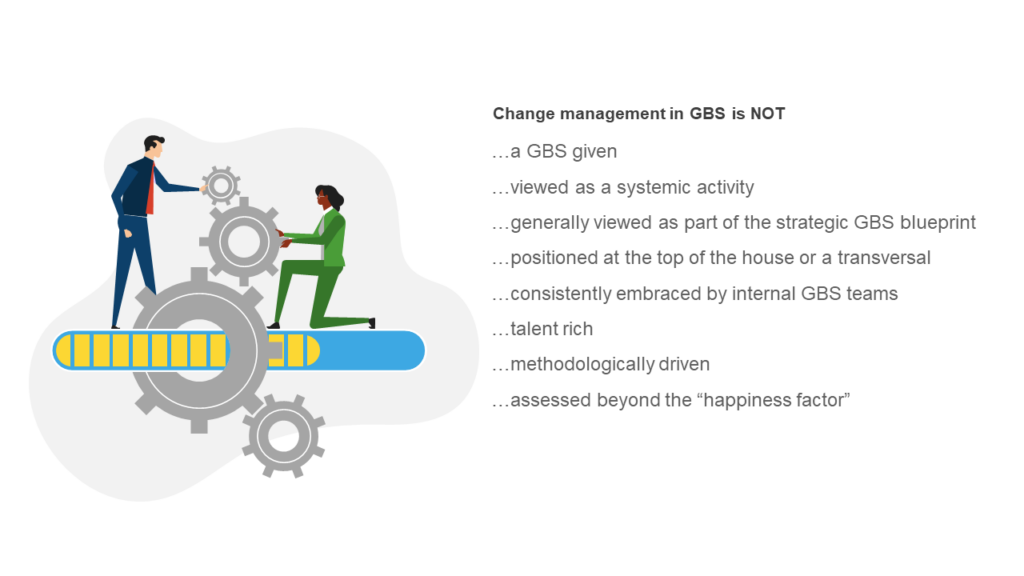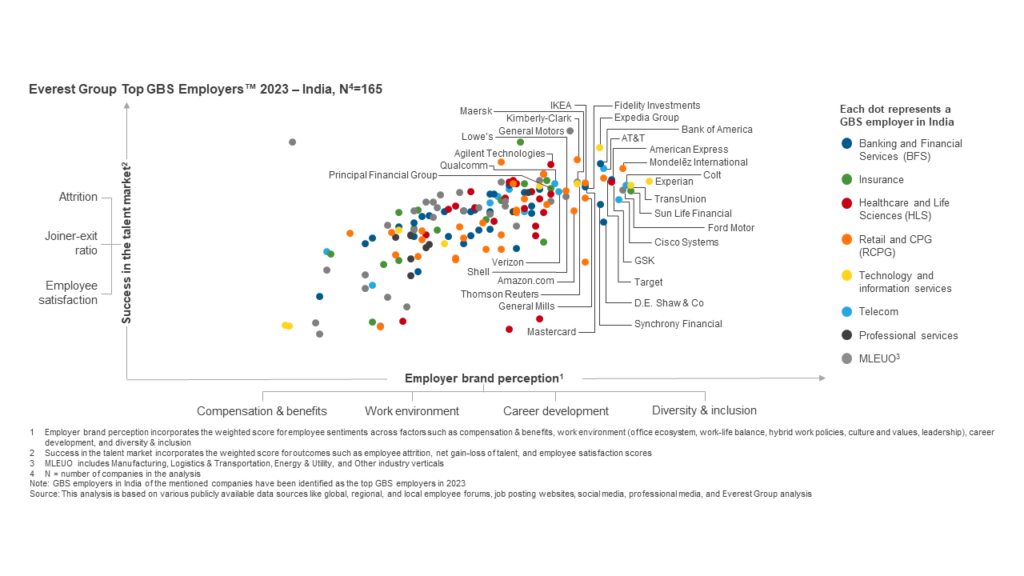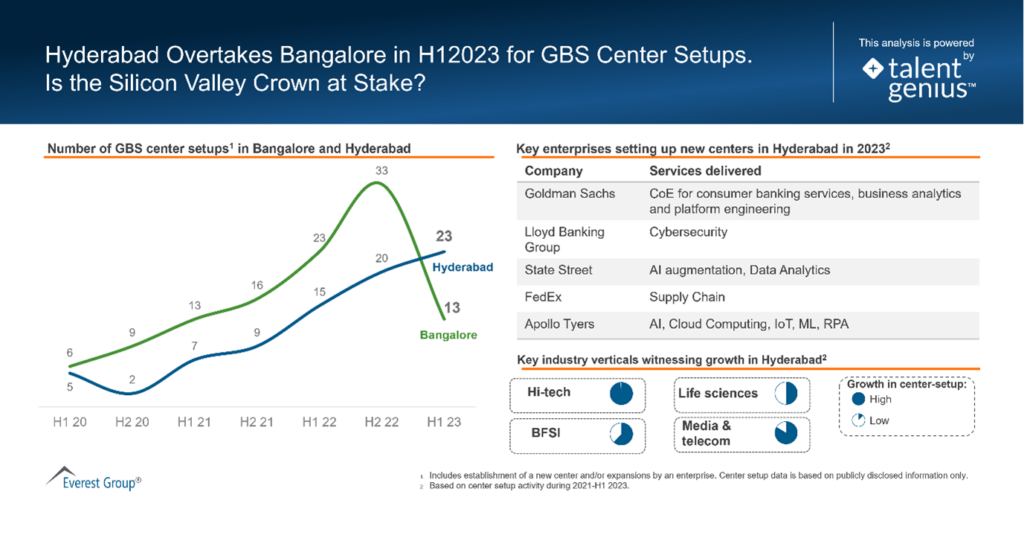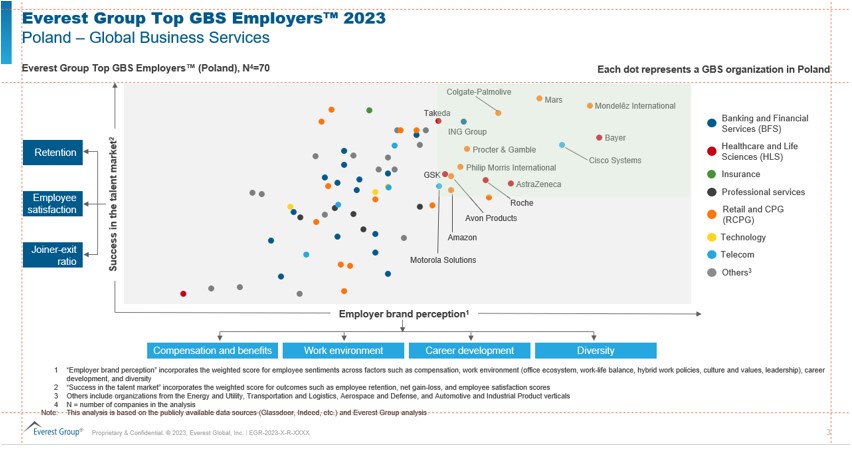From Headshakers to Institutionalists: Exploring GBS Change Management Personas | Blog
Understanding your change management approach and experience level can improve decision-making and enhance transformative practices. Our research has identified four change management personas that GBS organizations typically fall under. To find out which persona best fits your organization, read on.
Change management is necessary within Global Business Services (GBS) organizations. But finding the right approach for effective execution – from implementation to management and measurement – can be challenging, even for more mature GBS organizations.
Moving to a GBS platform sets off a chain reaction of transformations for businesses. At its core, the GBS’ mission is to create and sustain business operation change by consolidating, standardizing, streamlining, and creating more value. The GBS model’s nature lies in bringing change through new ways of working, distributed operating models, elevated service levels, enhanced experience, and digitization, enabling the enterprise to experience higher levels of innovation.
Since constant transitions within the GBS model are expected, change management should be viewed as a continuous process and not a one-off fix until the next shift occurs. Effective change management can enable GBS organizations to identify new opportunities, mitigate risks, and create a culture that embraces innovation and continuous improvement, ultimately leading to long-term success and growth.
So, what’s the path to successful change management? To begin, assess where your organization falls on the adoption scale that ranges from those who have not yet prioritized change management to leaders who seamlessly embed it into all aspects of GBS operations.
Understanding the four change management personas
In our recent report, State of Play in GBS Change Management, we conducted in-depth interviews with 58 leading GBS organizations across the globe to understand how GBS organizations approach change management.
As we compiled the data, we discovered the way GBS organizations implement change management is influenced by various factors such as the change management imperative, scope, talent model, and funding.
These elements can determine a GBS organization’s change management persona. Our research identified a range of generalized organizational profiles that we categorize as headshakers, crawlers, gamechangers, and institutionalists.
Let’s define these typical change management personas:
Headshakers
A GBS organization that falls into the headshaker category hasn’t yet established change management competency and, unfortunately, does not perceive it as crucial. At this starting level, the organization may approach change by communicating transformation on a case-by-case or ad hoc basis. While ensuring that information is relayed throughout the enterprise at the outset of periods of change is indeed essential, this approach often lacks a comprehensive strategy, monitoring mechanisms, and effective change management engagement practices.
Headshakers tend to place change management primarily as a communications function with sporadic support for other activities. Additionally, these GBS organizations do not invest in dedicated talent resources specifically focused on implementing and overseeing successful change initiatives.
Crawlers
Organizations categorized as crawlers may notice that the GBS organization is gradually moving toward establishing a GBS change management competency and views change management as somewhat critical. The organization might allocate resources to address change management needs for specific transition and transformation projects. Crawler organizations also tend to emphasize communications to ensure leadership alignment and prioritize change impact assessments to better understand the nature of the change and where it will occur.
Crawlers typically lack the in-house talent to lead their change management initiatives and instead rely on external consultants or contractors. The change management team’s size is usually contingent on the available funding and project requirements. Like headshakers, crawlers operate on an ad hoc basis, but they may incorporate certain enhancements, such as Centers of Excellence (CoEs), to equip employees with the necessary tools and training to support change initiatives.
Gamechangers
Gamechangers are generally younger GBS entities that have reached a respectable level of maturity in their change management journey. These organizations are actively taking steps to establish change management practices, recognizing its necessity. Gamechangers readily invest in change management for both transitional and ongoing changes. Their approach to change management is comprehensive, playing a strategic role in driving business transformation. Gamechangers go beyond mere communication methods to take on stakeholder and transition management, methodologies and tools development, and conduct change risk assessments to ensure successful change implementation.
Gamechangers typically have a dedicated team consisting of both in-house and contractor employees devoted to the specific needs of each project. These initiatives are regularly funded as part of the annual transition budget, demonstrating the organization’s commitment to this crucial aspect of GBS operations.
For gamechangers, change management becomes firmly established when the enterprise transitions to a GBS model or undergoes any significant transformation.
Institutionalists
Institutionalists firmly believe in change management and have invested substantially in building a robust GBS change management competency, recognizing its value as a strategic capability. Change management is implemented from the start of GBS model adoption and is funded annually. A consistent and systemic commitment to change management exists, with a focus on both maintaining business operations and driving business transformation. It is embedded and managed as a critical component of all GBS initiatives.
With this approach, the organization carries out the full scope of activities, including change champion network management, training and learning programs, organizational change readiness, and customer experience monitoring. A dedicated team of employees focuses specifically on change management and may be supported by contractors.
By incorporating change management as part of the overall GBS governance, stakeholders can easily understand, adopt, and embrace transitions – solidifying the organization’s ability to adapt and evolve.
Are you ready to make a change?
Change management is an important yet frequently misunderstood topic that plays a pivotal role in empowering GBS organizations to generate and maintain sustainable value.
Identifying which of the change management personas best characterizes your current approach is essential to gaining deeper insights into change management and its impact on your GBS organization.
Whether you are a headshaker, crawler, gamechanger, or institutionalist, recognizing your organization’s current position will empower you to make informed decisions and strategically enhance your change management practices.
- Take our quick, five-minute quiz to find out how well you know GBS change management.
- Gain more insights and uncover effective change management practices in our webinar, Why GBS Change Management is the Key to Added Value and ROI.
To learn more about change management personas and how to incorporate change management across your organization, reach out to Rohitashwa Aggarwal, [email protected], or Arushi Gupta, [email protected].




